Is there a right way to do a crawl space?
mary
8 years ago
Featured Answer
Sort by:Oldest
Comments (10)
Related Professionals
Five Corners Architects & Building Designers · Johnson City Architects & Building Designers · West Jordan Architects & Building Designers · Oak Hills Design-Build Firms · Shady Hills Design-Build Firms · Woodland Design-Build Firms · Grover Beach Home Builders · Abington General Contractors · Augusta General Contractors · Erie General Contractors · Jamestown General Contractors · Leavenworth General Contractors · Montclair General Contractors · Renton General Contractors · South Windsor General Contractorsmary
8 years agoUser
8 years agoSpringtime Builders
8 years agodadereni
8 years ago
Related Stories

GREAT HOME PROJECTSPower to the People: Outlets Right Where You Want Them
No more crawling and craning. With outlets in furniture, drawers and cabinets, access to power has never been easier
Full Story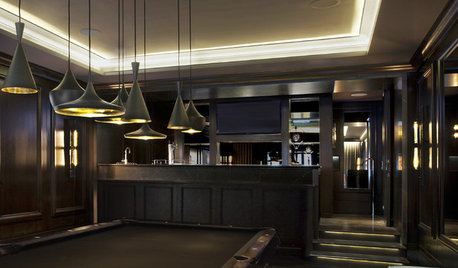
REMODELING GUIDESContractor Tips: Finish Your Basement the Right Way
Go underground for the great room your home has been missing. Just make sure you consider these elements of finished basement design
Full Story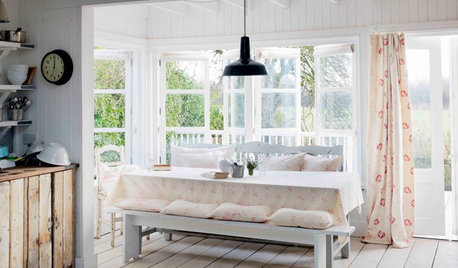
WINDOW TREATMENTSHow to Choose the Right Curtains
Custom or ready-made? Pinch or pencil pleats? Knowing the options will help you decide which window coverings are right for your space
Full Story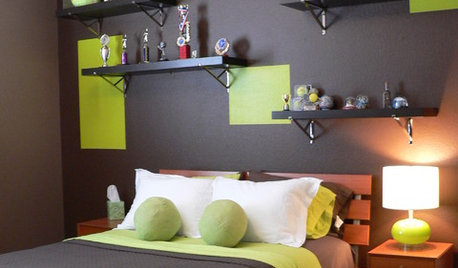
MORE ROOMS9 Ways to Get Your Room's Color Right
Get started on your own new look with ideas from 9 great 'color stories'
Full Story
LIGHTING10 Ways to Get Your Lighting Right
Learn how to layer table lamps, floor lamps and overhead fixtures to get the lighting you need and the mood you want
Full Story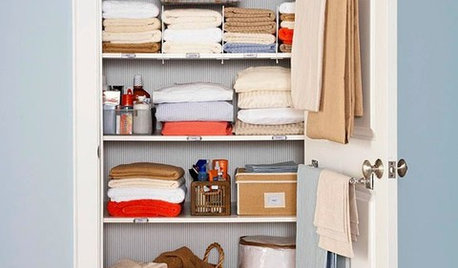
CLOSETSSimple Ways to Get Your Closet Organized Right Now
Streamline your clothing storage with strategies you can implement in a weekend
Full Story
MOST POPULARThe Right Way to Test Paint Colors
Here are 5 key steps to take to ensure you're happy with your wall paint color
Full Story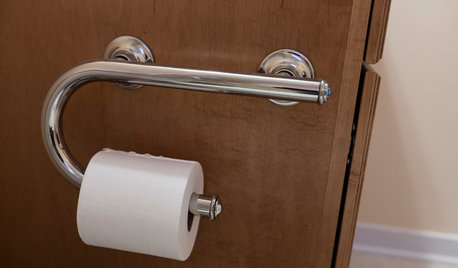
LIFEThe Absolute Right Way to Hang Toilet Paper. Maybe
Find out whether over or under is ahead in our poll and see some unusual roll hangers, shelves and nooks
Full Story
LIGHTING8 Ways to Get Ambient Lighting Just Right
See clearly, boost energy and create the mood you want with these tips for harnessing natural and artificial light
Full Story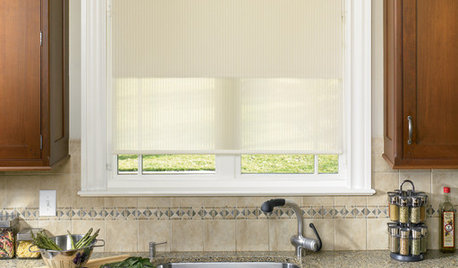
WINDOW TREATMENTSWhat’s the Right Way to Hang Roller Shades?
Over or under? It depends on how you want your shades to look, how much light you want to block and other factors
Full Story








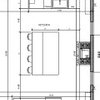
User